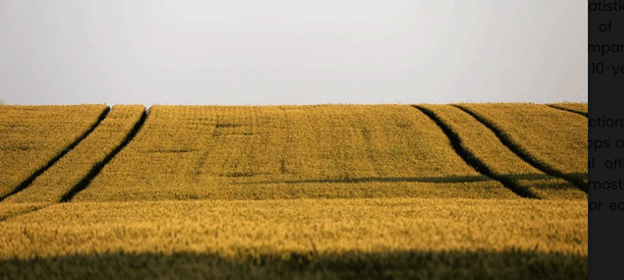Slovenia’s 2024 Wheat Output Rises Despite Smaller Fields: Yield Gains Lead the Way
In a strong showing for Central European agriculture, Slovenia increased its wheat production to 152,500 tonnes in 2024, up from 144,400 tonnes in 2023, according to the latest report from the Statistical Office of the Republic of Slovenia. This 5.6% growth occurred despite a 2% decrease in sown area, which fell to approximately 28,000 hectares.
The key driver of this success was a significant improvement in yield, which reached an average of 5.5 tonnes per hectare—up 8% year-on-year, and 4% higher than Slovenia’s 10-year average. This suggests that farmers were able to optimize agronomic practices, make the most of favorable weather, and apply efficient crop management strategies.
Broader Cereal and Crop Production Trends in Slovenia
The 2024 agricultural season proved favorable not only for wheat, but also for most other field crops in Slovenia:
- Barley output slightly declined to 100,700 tonnes, from 101,000 tonnes in 2023—remaining relatively stable despite minor shifts in weather or acreage.
- Grain maize and corn-cob mix (CCM) harvest dropped marginally to 385,000 tonnes, down from 389,000 tonnes the previous year.
Oil crops and green fodder crops also benefited from the good growing conditions. Additionally, most late-season fruit crops posted strong harvests, while early fruits experienced only a slight decline. However, vineyards were the hardest hit, recording the poorest harvest among major agricultural sectors—likely due to spring frosts or disease pressure.
Regional Perspective and Yield Comparisons
Compared to neighboring countries:
- Austria’s average wheat yield typically ranges between 5.9–6.2 t/ha, while Hungary has more variable yields due to climatic extremes, averaging 4.5–5.5 t/ha.
- Slovenia’s 2024 wheat yield of 5.5 t/ha places it competitively within the Central European context, especially given the country’s limited arable land and relatively small-scale farm structures.
The country’s production may seem modest on a global scale, but the gains made in yield efficiency are notable, and offer a model for sustainable intensification in regions with similar topography and land constraints.
Slovenia’s 2024 wheat harvest demonstrates how strategic farming practices, improved varieties, and favorable climatic conditions can drive productivity even when land use is reduced. With rising pressure on land and inputs, the country’s ability to increase yields per hectare will be crucial for food security and farm profitability in the coming years. For farmers, agronomists, and agricultural engineers, Slovenia’s experience in 2024 offers valuable lessons in yield optimization, crop resilience, and data-driven decision-making.
Error





